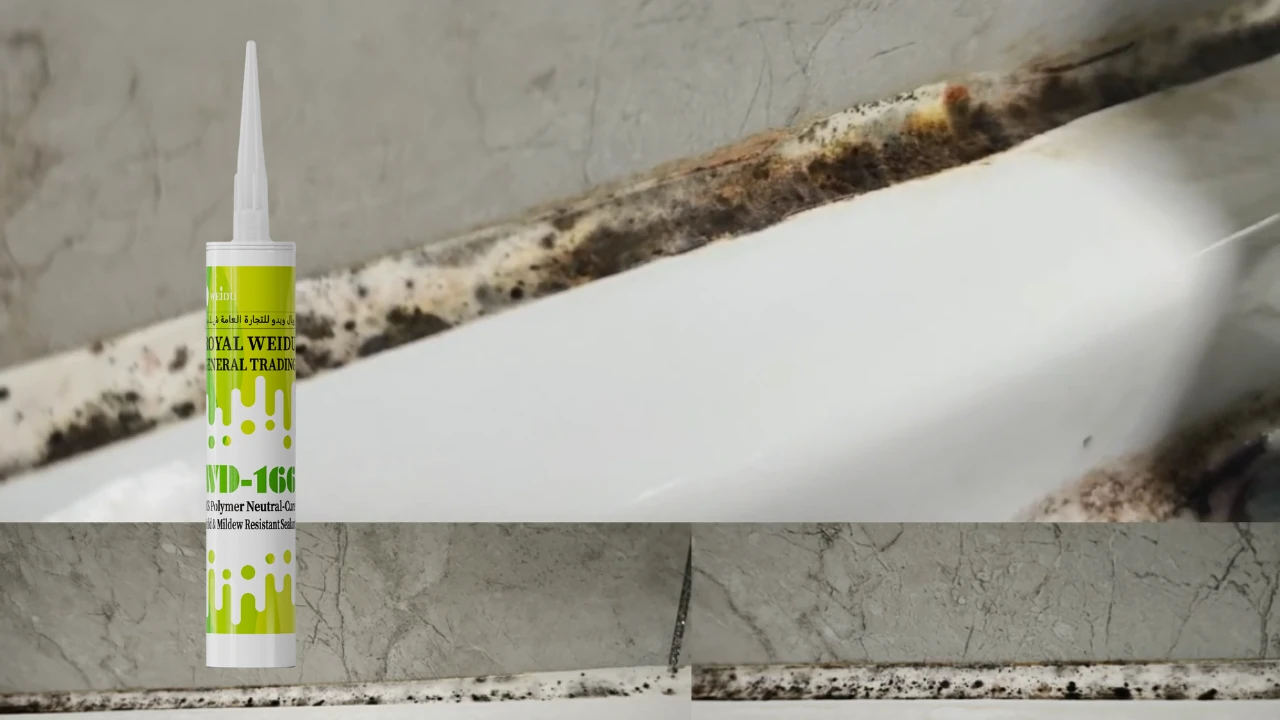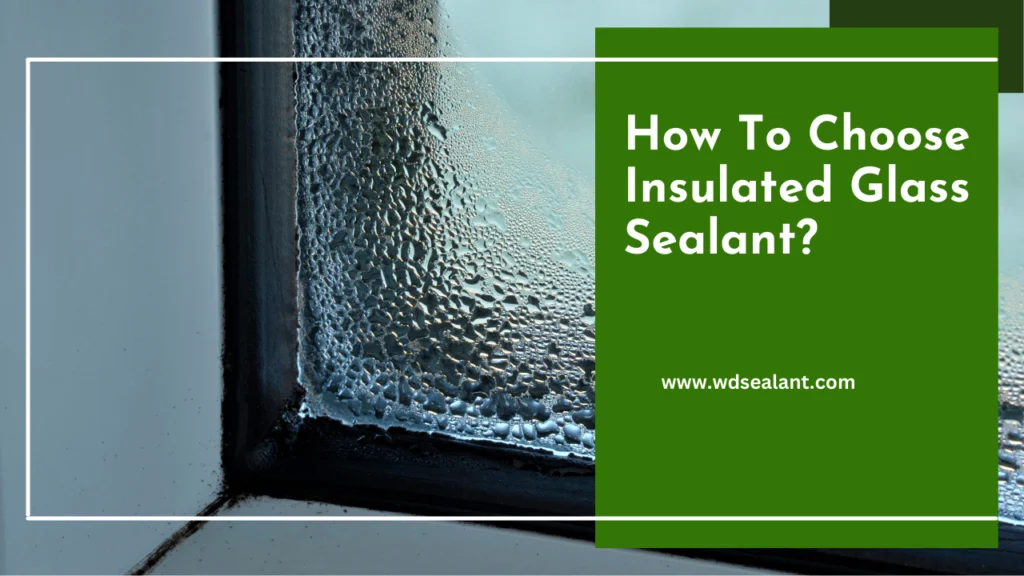Bathroom Mold Battle: How to Choose the Best Mold Sealants
Last week, during a business trip, I stayed at a hotel. When I opened the bathroom door, I was surprised to find the sealant around the sink covered in black mold spots—especially near the faucet. You might think I’m exaggerating, but as a professional in the sealant industry, I immediately noticed the problem. My mind quickly ran through all the technical knowledge I have about mold sealants and waterproof mold sealants for bathrooms. I even considered discussing the selection with hotel management.
Instead, I decided to share this knowledge here. Many people don’t understand the science behind mold growth in bathrooms. Choosing a cost-effective mold sealant for bathrooms is essential to prevent mold and maintain a healthy environment.
Why Do Bathroom Sealants Grow Mold Easily?
Every time I see black spots on bathroom sealants, I think, “Here we go again.” Mold requires four things to grow: nutrients, spores, moisture, and a suitable temperature. Bathrooms provide all of these conditions.

- Nutrients: Soap scum, limescale, dust, and skin flakes create a perfect biofilm for mold. Even with regular cleaning, residues accumulate, giving mold an easy foothold.
- Moisture: Steam from showers keeps the air humid. Corners, seams, and poorly ventilated areas retain moisture, providing an ideal environment for mold.
- Temperature: Mold thrives in warm, humid conditions, which bathrooms often provide.
- Sealant microstructure: Microporous surfaces in conventional sealants act like sponges, trapping dirt and organic matter. Even after wiping, mold can persist deep within these pores.
Some people try harsh chemical cleaners to remove mold. I’ve tried it too, and it often backfires. Corrosive ingredients can damage the sealant’s structure, reducing elasticity and waterproofing. This makes mold grow back faster, showing why choosing the right silicone mold sealants or waterproof mold sealants for bathrooms is crucial. For more information on health effects of mold, you can visit the CDC website.
Which Mold Sealants Are Best for Bathrooms?
It’s not that sealants “invite” mold—some are just more susceptible. Once you identify the source of mold, the solution is clear: use mold-resistant, waterproof sealants in bathroom joints and seams.
MS Polymer Sealants: The Premium Mold Sealant
MS polymer sealants, also called MS sealants, are made from siloxane-modified polyether polymers. Their molecular structure is highly stable, and high-crosslinking produces a cured sealant that is hard, nutrient-free, and resistant to mold.
Once cured, the surface is smooth and dense, resisting soap scum, dust, and other debris. Even if dirt or mold forms, it can be easily wiped away without penetrating the sealant. Its combination of inherent mold resistance and surface anti-fouling properties makes it ideal for bathrooms.
For example, WD-166 MS sealant is formaldehyde-free, eco-friendly, and contains high-performance mold inhibitors—an extra layer of protection for long-term mold prevention.
Neutral Silicone Mold Sealants: Cost-Effective Bathroom Solution
Neutral silicone sealants are milder than acidic silicone, non-corrosive, and suitable for most materials. They offer excellent waterproofing, flexibility, and durability, making them a reliable choice for bathroom joints.
When combined with mold inhibitors, neutral silicone sealants act as a long-lasting defense against mold. However, the inhibitor’s effect diminishes over time, so the sealant’s performance depends on the quality and amount of inhibitor. Low-grade sealants only offer temporary protection, while premium silicone mold sealants maintain effectiveness longer.
Key Takeaways for Mold Sealants
- Surface structure matters: Smooth, dense sealant surfaces reduce dirt and mold accumulation.
- Mold inhibitor quality counts: High-quality, long-lasting inhibitors are critical for sustained protection.
If you want long-term mold protection, MS polymer sealants are the best choice. For cost-effective waterproof mold sealants for bathrooms, high-quality neutral silicone sealants are a solid alternative.
Daily Maintenance Tips for Mold Prevention
Even the best mold sealants for bathrooms need proper maintenance:
- Ventilate after showers: Use an exhaust fan or open a window to reduce humidity.
- Clean regularly: Wipe sealant surfaces with warm water and mild detergent.
- Check corners and seams: Avoid standing water or slow-drying areas.
With these practices, even a standard bathroom can stay clean and mold-free. The combination of the right sealant and good maintenance habits provides a strong defense against mold.
By selecting the appropriate mold sealants and following simple maintenance routines, your bathroom can remain as clean and healthy as a five-star hotel. MS polymer sealants and high-quality neutral silicone sealants each have their strengths, but both serve the same purpose: creating a durable barrier against mold and ensuring a healthy, comfortable bathroom environment.


